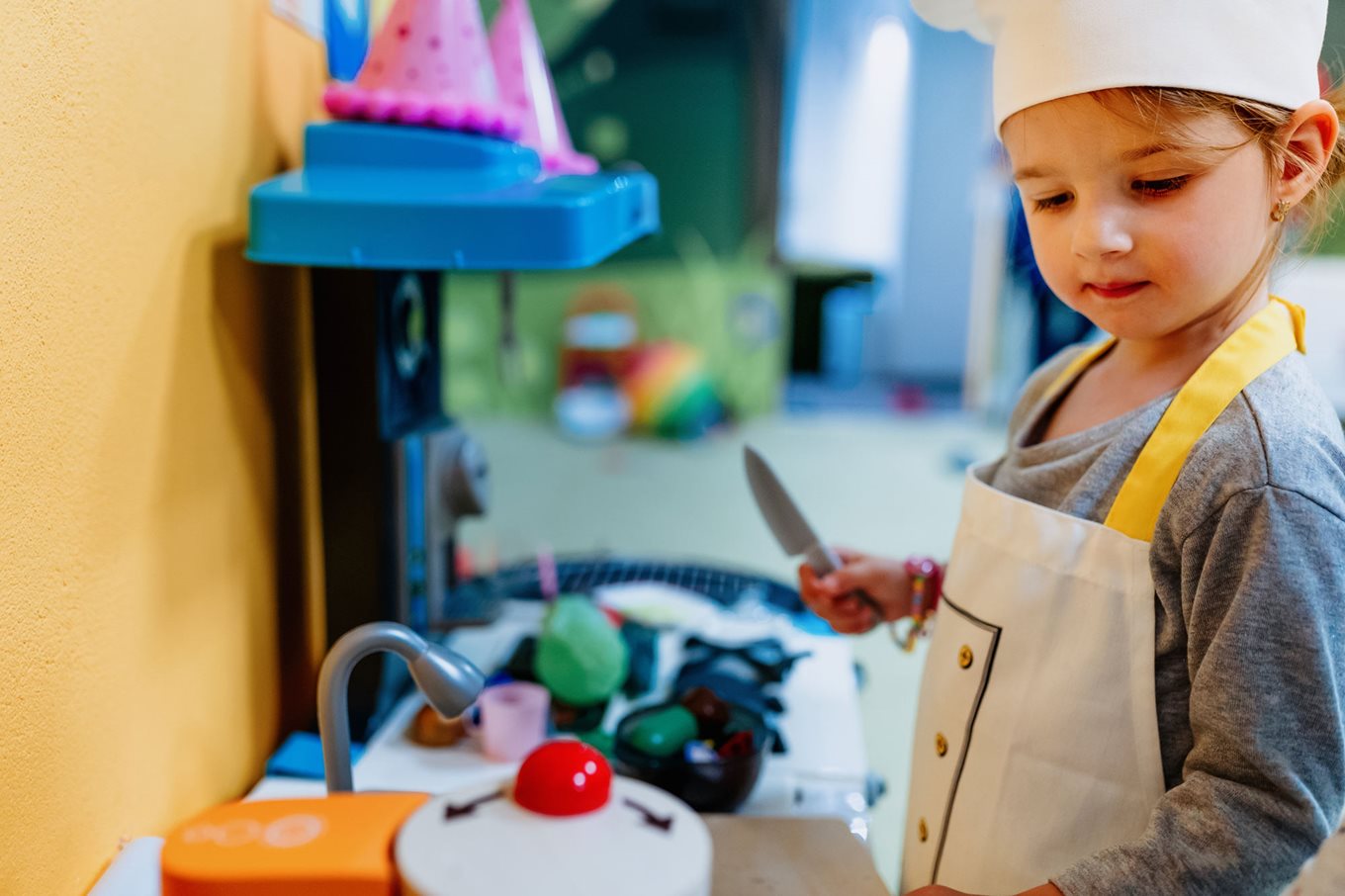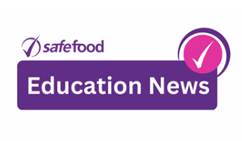Preparation, Cooking & Serving

How to prevent the contamination of food during preparation, cooking and serving.
At times it may be necessary to reheat food. Reheat foods to a minimum core temperature of 70˚C to prevent any bacteria from surviving. Foods should only be reheated once following cooking or hot holding.
However, it is safer to serve freshly cooked food, as surviving bacteria will not be able to multiply and cooking is the most effective medium for destroying bacteria.
Food must be cooled quickly after cooking to minimise bacterial multiplication. Large food products, for example a joint of meat, may take a long time to cool. To cool in the most hygienic of methods the product should be placed in a ventilated store for 90 minutes then chilled.
Taking temperatures
It is a legal requirement to ensure food is cooked and stored at certain temperatures. In order to ensure these temperatures are being met the following measuring devices can be used and it may be useful to record all temperatures.
- Hard probe thermometer - When using a probe thermometer it should be properly calibrated, and cleaned using hot water and detergent after use. Before re-using the thermometer it should be disinfected with anti-bacterial wipes.
- Infra red probe thermometer - You must ensure that the core temperature is checked with athermometer. The core is the centre or thickest part of the food.
Defrosting
Before frozen food is cooked it must be thoroughly defrosted in a chiller, microwave, refrigerator or specialist defrosting unit.
Potential risks when defrosting
- Risk of bacterial regeneration during thawing and thus higher numbers of bacteria
- The risk of additional contamination
- The risk of enzyme/structural damage to the food during freezing
Prevention of food contamination during food preparation
- Separate work areas, utensils, equipment for fish, meats and vegetables/salad
- Wash food in a designated food preparation sink using potable water only
- Minimise the time that food is left in the danger zone
- Minimise handling of food
Freezing and reheating
- Food should be suitably wrapped or placed in sealed containers
- Freeze food in portions
- Label and date food to aid stock rotation
- Allow air circulation
- Food should not be reheated more than once
- Reheat to a minimum core temperature of 70˚C
Temperature checklist
| Danger Zone | +5 to 63˚C |
| Cook foods to minimum core temperature of | 75˚C |
| Hold hot foods above | 63˚C |
| Refrigerated foods | 0 to 5˚C |
| Freeze foods below | -18˚C |


